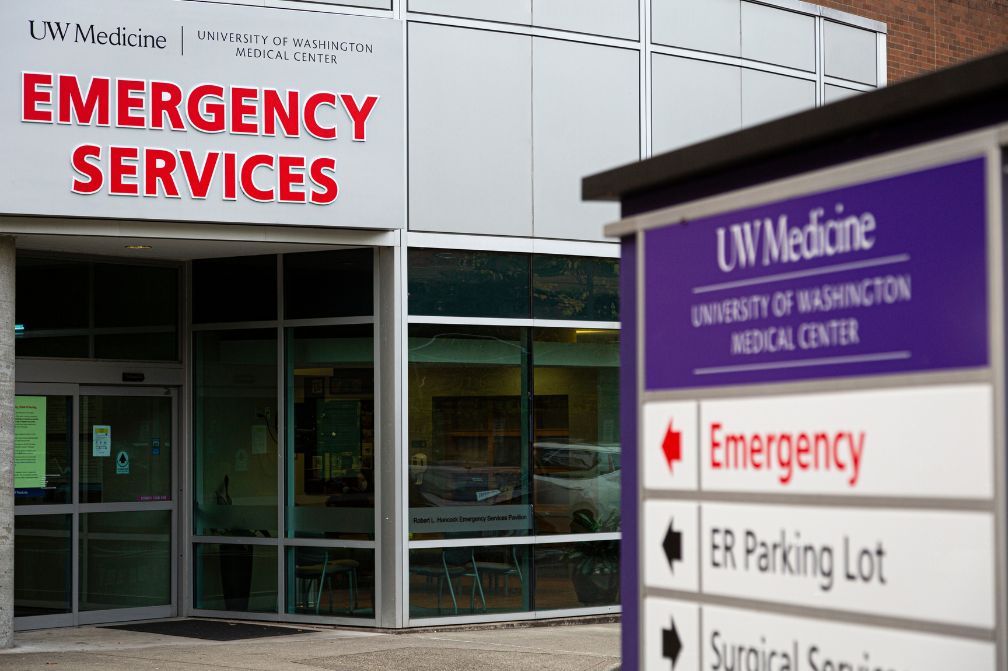Overview
PROGRAM DIRECTOR
Andrew McCoy, MD, MS, FAEMS
Andrew McCoy, MD, MS, FAEMS
Associate Professor
mccoya2@uw.edu
ADMINISTRATOR
Alexis Rush, MCM
Manager, Education & Training Programs
rusha@uw.edu
King County is known as the best place in the world to have a heart attack. The survival rate to hospital discharge of EMS-treated, bystander-witnessed ventricular fibrillation cardiac arrest victims in Seattle and the surrounding communities has remained at 55% over the past several years.
What percentage of bystander-witnessed cardiac arrest victims with ventricular fibrillation survive in your community?
The University of Washington Emergency Medical Services (EMS) fellowship is designed to immerse the fellow in all aspects of ground and air EMS medicine.
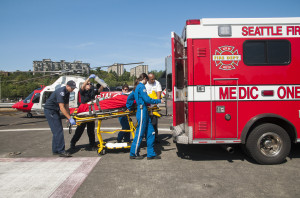 EMS within Seattle and King County serves 2.2 million people. Through a variety of experiences on the front line of care and operations, our EMS fellows gain extensive experience with fire and third-service-based EMS, coordination of air medical services, interagency communications, research, and administration.
EMS within Seattle and King County serves 2.2 million people. Through a variety of experiences on the front line of care and operations, our EMS fellows gain extensive experience with fire and third-service-based EMS, coordination of air medical services, interagency communications, research, and administration.
What makes the University of Washington EMS Fellowship unique?
Faculty
Faculty you work with come from a variety of specialties including Emergency Medicine, Cardiology / Electrophysiology, Internal Medicine, and Critical Care, among others. This interdisciplinary approach exposes you to solutions outside the traditional Emergency Medicine body of knowledge.
Medic One
The intensive care paramedics you interact with are phenomenal. Many of them have been with Medic One for 20 or 30 years. They do the job because they love caring for sick patients. They genuinely want to learn how they can improve their patient care, and come to work every day with a thirst for knowledge.
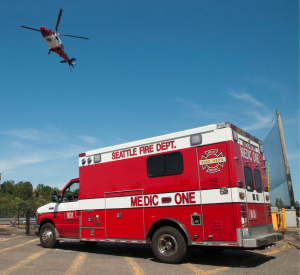 The people of our community have a long history of supporting the EMS system. As the Medic One system in Seattle and King County is supported entirely by property tax revenue, no patients receive bills for EMS ALS service. This tight integration between the community and the EMS system provides tremendous advantages.
The people of our community have a long history of supporting the EMS system. As the Medic One system in Seattle and King County is supported entirely by property tax revenue, no patients receive bills for EMS ALS service. This tight integration between the community and the EMS system provides tremendous advantages.
Additionally, Airlift Northwest, the flight service you work with, covers an astonishingly large geographic area. In the role of flight physician, you retrieve patients from the smallest clinics in Alaska, single coverage EDs throughout the Pacific Northwest, scene calls from mountain tops to ocean accidents, and transfers from ICUs at facilities near and far.
This broad experience will provide you with plentiful opportunities to learn about EMS systems in all types of communities as well as the interactions between these systems.
Paramedic Training Program
The University of Washington’s involvement in paramedic education began in 1969 when a small group of Seattle physicians led by Dr. Leonard A. Cobb, a UW Professor of Medicine and Cardiologist at Harborview Medical Center, recognized the potential for saving the lives of heart attack victims in the streets of this community.
The majority of Paramedic Training activities are accomplished at Harborview Medical Center. For more information, please visit the UW Paramedic Training Program website.
Sites
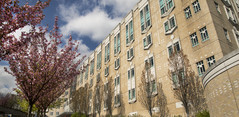
Harborview Medical Center
HMC is the only designated Level 1 adult and pediatric trauma and burn center in the state of Washington and serves as the regional trauma and burn referral center for Alaska, Montana, and Idaho. HMC is also the disaster medical control center for Seattle and King County.
learn more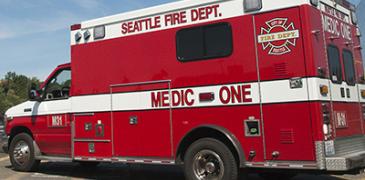
Seattle Fire Department
Based at HMC, the Seattle Fire Department Medic One program began caring for patients in 1970. The two-tier response plan was created shortly thereafter and continues as a core underpinning of the system design.
learn more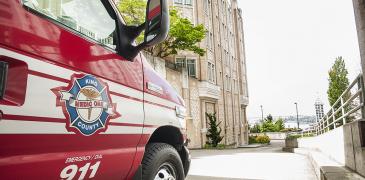
King County Medic One
The King County Department of Health provides ALS services for the 690,000 people living in communities within King County, south of the City of Seattle, using 8 ALS ambulances. About 70 paramedics in the program work side-by-side with local fire agencies in a “third service” model.
learn more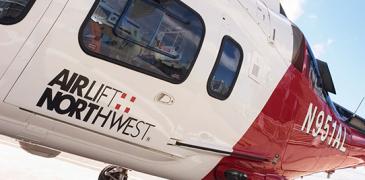
Airlift Northwest
ALNW operates five bases throughout Washington and Southeast Alaska. ALNW transports critically ill patients from one of the largest and geographically varied landmasses in the world — from isolated islands in Alaska, coastal regions along Alaska and Washington, desert communities in Eastern Washington, to the mountainous terrain in Idaho and Montana.
learn more
Michael K. Copass UW Paramedic Training Program
Based at HMC, the University of Washington/Harborview Medical Center paramedic training program accepts between 14 and 20 students from districts within the state of Washington.
learn mor



